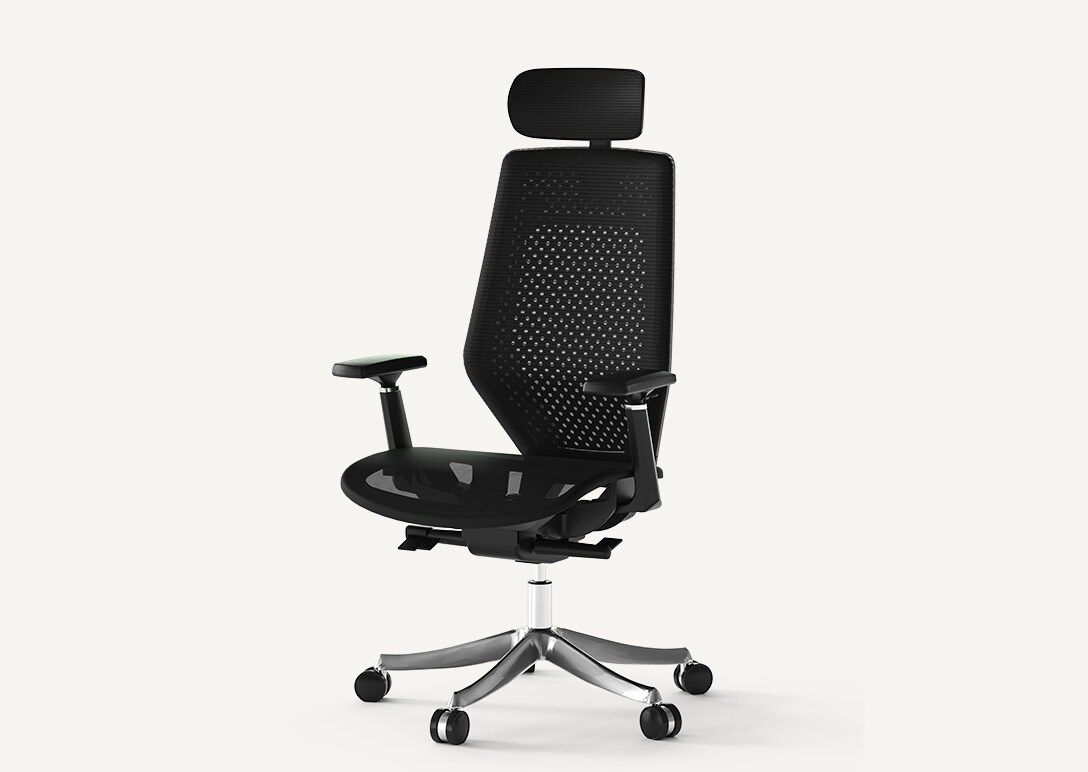The history of the chair dates back to the ancient civilisations. Romans, Greeks and Egyptians all used this piece of furniture in their dwellings. Over time, the humble chair has evolved from a simple place to sit to something that should offer you comfort and ergonomic support.
Over the years, we've also seen an evolution in how we use the chairs in our home. Whether it is somewhere to sit at a dining table or an office chair for those working from home, the chair has become a versatile piece of furniture. Join us as we look at the evolution of the chair.
Evolution of Seating in Ancient Times
From the archaeological findings dating back to 3200 B.C. in Scotland, we know that the first chairs were made of stone. They were found only around stone tables, which suggests they've been used during mealtimes.
In ancient Egypt, the oldest records speak about three or four-legged foldable chairs. However, these were replaced with stylish seats with arms and backrests. This indicated a change in their function and how they started to be seen as design pieces and not just functional furniture.
The ornate wooden armchairs with silver and gold inlay and carved animal and floral forms found in the graves of King Tutankhamen show that chairs became prized possessions rather than remaining the simple seats they once were.
This wasn't the case in ancient Greece and Egypt, where simple X-framed stools remained in use for the most part. They served their primary functions well, and people saw no need to change them. In ancient Rome, however, people put far more thought into decorating their chairs.
Each layer of society had its own characteristic seats. The lowest classes maintained primary functions and only used simple chairs for sitting during mealtimes. Officials had more ornate chairs, while religious leaders used faldstools.
The latter was a simplified version of the curule chairs, including thrones and other intricately decorated seats. Needless to say, the curule seats found in the homes of monarchs and political figures had many more purposes. They were used in all rooms as they were the ultimate stamps of authority in Europe at the time.
The Renaissance period saw a short revival of the Roman curule, with chairs that has rich leather or velvet upholstery, along with loose seat cushions. Often found in the homes of aristocratic and nouveau-rich families, they were particularly enjoyed by the ladies who often used them while entertaining guests.
How the Chair Evolved Over Time
By the 15th century, straight-backed high Cathedral chairs were often found in homes and after the 16th century, chair-making became an art form. Manufacturers were competing to make the most sophisticated seats, often putting more emphasis on aesthetics than functionality.
This was taken to another level in the 18th century, when the curving lines, ridiculously exaggerated ornaments and floral decorations of the Rococo era took over.
It wasn't only the monarch or high-standing society members using them either. Even the middle classes had intricately designed dining chairs, bench chairs by the fireplace, side or armchairs in bedrooms, bathrooms, parlours, and at least one stool for perching.
At the beginning of the 19th century, straight and rigid neoclassical lines inspired by the ancient Greek styles dominated, but the lavish displays of power through furniture design returned during the Victorian era.
In Europe, seats were covered with heavy, dark-coloured textiles. Meanwhile, the Americans had a more classical take on this fashion. Still, mahogany chairs with exquisite designs were all over people's homes on both continents.
With the Industrial Revolution, furniture became more accessible to everyone. Arts and crafts styles with angular contours, Art Nouveau, Art Deco, and modernism during the 20th century made it possible to choose from a broad range of styles.
The Chair Today

In these modern times, we are sitting down more than ever. Not only do we have more sedentary lifestyles, but many people now either work at desks in offices or our homes. This had led for modern chairs to have much more emphasis on comfort.
It's only in the last few decades that the benefits of an ergonomic chair have been truly known. They ensure we can sit down for hours on end without soreness. The modern office chair has come a long away from the stone chairs we used to used thousands of years ago.
Today, a home will often have a variety of chairs. Most now have sofas for comfortable seating, along with dining chairs, office chairs, gaming chairs and children's chairs. Each one has an important function in the home to maximize comfort, design, and productivity.
Final Thoughts
Over the centuries, chairs have developed from simple tools designed for basic needs to fulfilling specific needs in the home and beyond. Not only has their function changed, but they became symbols of wealth, status, and design.
Now that the era of opulent designs is over, people look for comfort over design for whichever chair they are looking to buy. It's important to choose the right chair for you and one that perfectly fits in with your space.